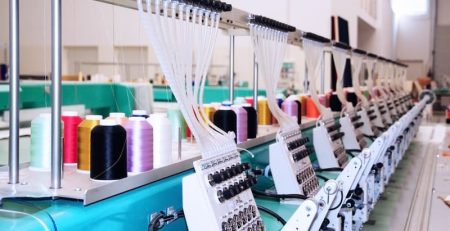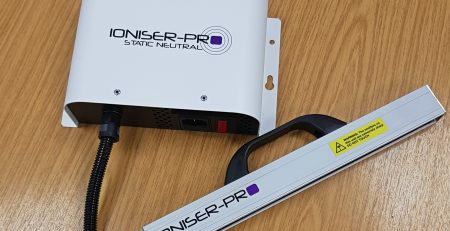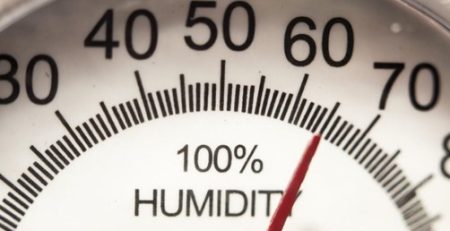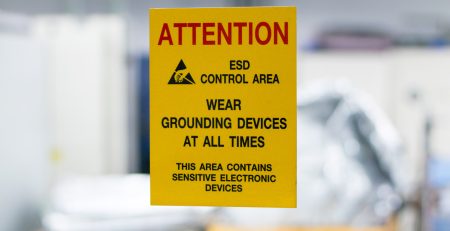The Positives and Negatives of Static Electricity
Static electricity is ever-present in any environment, industrial or domestic. Some industries benefit from static electricity, and others do not. Whilst a static shock can be pretty amusing in your home, accumulated static electricity in an industrial setting can be a safety hazard.
What Exactly Is Static Electricity?
Static electricity is an imbalance between negative and positive charged objects. It can also be summarised as a non-neutral electric charge.
We’ve all experienced some static electricity at one time or another. A balloon sticking to a wall after being rubbed or the jolt from touching a door handle are just two examples.
The science of static electricity is when two objects are touching, an exchange of electrons occurs. These electrons build a charge once separated if they aren’t grounded.
This is called the triboelectric effect. To correct the imbalance, the negatively charged object needs to shed its excess electrons to a positively charged object. This imbalance is fixed once the object is connected again, creating the electric shock.
Lightning is the most prominent example of static electricity. The clouds build this imbalance between themselves and the ground until released in a spectacular discharge.
Static Electricity in Industry
Regardless of its focus, every industry is a hive of busy activity. Static electricity can build very quickly to a high enough voltage to cause a spark in busy environments.
The concern with static in many industries is its potential to ignite flammable materials, damage electronics or chaotically collect as static charge on plastic parts. In addition, the erratic nature of static electricity could cause an immense number of problems for a company if left unchecked.

Positive uses of Static Electricity
With all the potential hazards of static electricity, it seems impossible to imagine any positive uses, but there are plenty to be found.
Photocopiers
The original photocopier designs used static electricity and light to create paper copies of documents.
The process works because of a layer of photoconductive material inside the photocopier. The areas with writing or pictures create an invisible pattern of positively charged static electricity on this material. This positivity attracts the negatively charged printer toner and bonds it to the blank sheet of paper, creating a replica of the original document.
Mobile Phones
The modern touch screen uses static electricity to function. Your smartphone has a capacitive touch screen. This conductive material stores the static from your finger in an electrostatic grid of tiny wires inside your phone. When you touch the screen, you complete an electrical circuit and cause a voltage drop on that section of the screen. The internal software processes where your finger is and executes a command in milliseconds.
Car Spraying
Static electricity is also helpful for getting a smooth finish when spray painting a car. This technique is called electrostatic spray painting.
Regular paint spray guns can sometimes give uneven results and overspray, whereas an electrostatic gun provides consistent coverage. This is because the electrostatic gun itself has a positive static charge that positively charges the paint particles sprayed from it.
Because they are all positive, the particles repel each other (like the same sides of a magnet) and create a finely spaced mist. This positively charged paint mist is then attracted to the car, a grounded metal. This leaves a smoother and more even paint finish on the vehicle.
 Where is Static Electricity a Problem?
Where is Static Electricity a Problem?
Unfortunately, static electricity can cause a lot of problems for some industries.
Textiles Industry
Static electricity has been a significant problem for the textiles industry for as long as its existed.
During manufacturing, textile fibres create a large amount of static electricity. This abundance of unsued static presents issues for productivity as electronic equipment can be negatively affected by too much static. This problem increases when dealing with synthetic fibres and higher processing speeds. In addition, synthetics such as nylon and polyester are so hydrophobic that only properly implemented static elimination equipment will prevent a hazardous build-up of static electricity.
Electronics
Static electricity must be managed in the electronics industry as the components being worked on are vulnerable to erratic electrical discharge.
Electrical components have a susceptibility threshold which is measured in volts. A general rule of thumb is the more integrated the element, the more sensitive it is to electrical discharge.
Just about everything in a work environment can create a static charge, including the workstation, the chair you’re sitting on and even your clothes. As a result, many procedures are adopted to prevent the build-up of static electricity in these environments, like using anti-static wrist straps to reduce static build-up. However, it is still a very delicate environment vulnerable to static electricity.
Plastics Manufacturing
Injection moulding, thermoforming and many other processes in plastics manufacturing can be negatively affected by a build-up of static electricity.
Unwanted static can affect the quality control of your plastics as it attracts foreign contaminants into the mix. In addition, dust and other particles increase the amount of product that needs to be scrapped, resulting in wasted materials and money. With quality control so high for food and medical plastics, it’s essential to take advantage of anti-static products such as an anti-static bar to maintain the highest quality product.
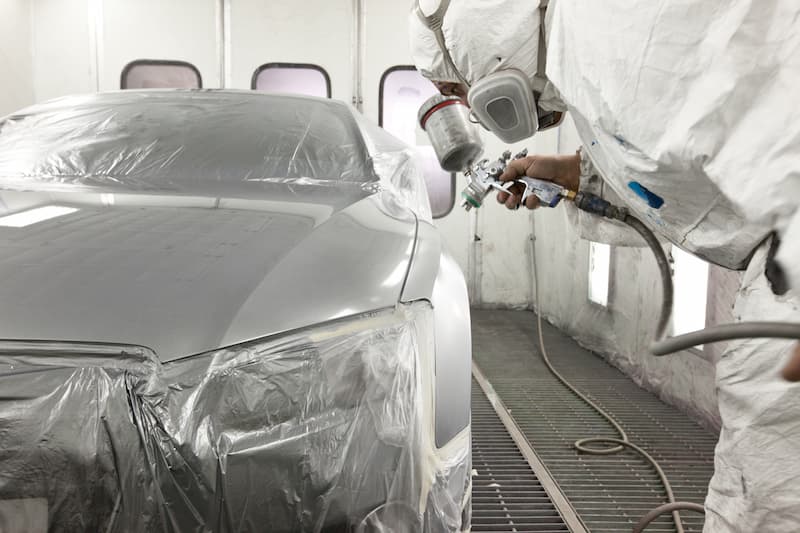
How to Control Static Electricity
The generation of static electricity can’t be stopped, but it can be controlled with practical and well-implemented anti-static devices. We at Ioniser-Pro have been providing industry-leading anti-static technology for many years.
We offer innovative solutions for industrial environments to provide the best ESD protection available. Contact us online today to see how we can assist you with your static problems.
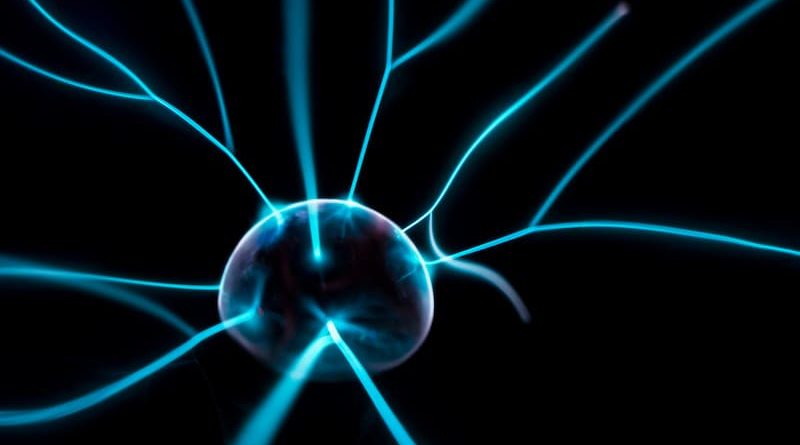
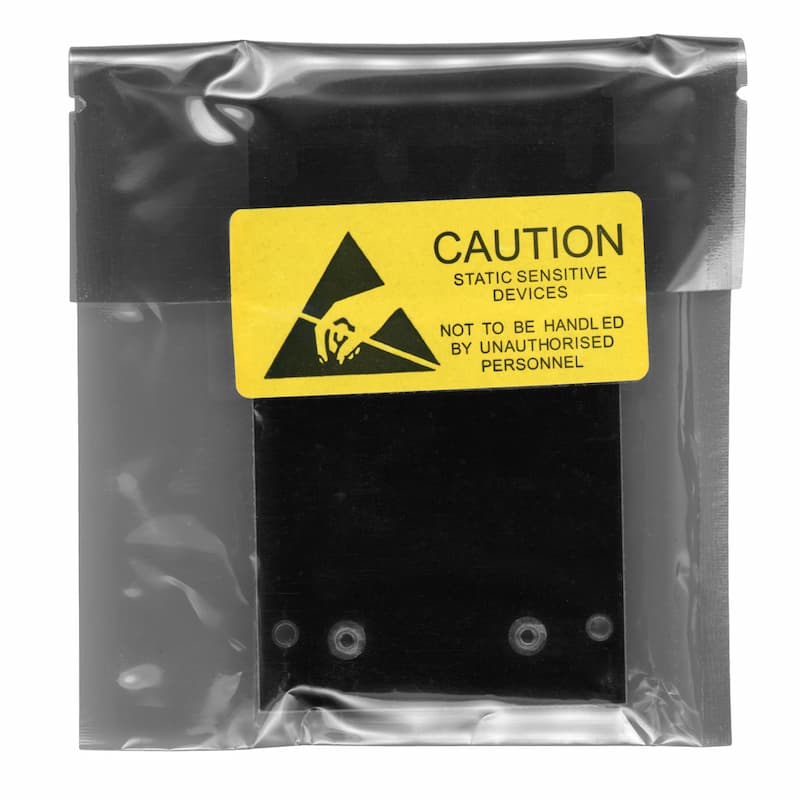 Where is Static Electricity a Problem?
Where is Static Electricity a Problem?